PPT-What do sunspots tell us about recent and past trends in so
Author : tatiana-dople | Published Date : 2017-06-29
Frédéric Clette amp Laure Lefèvre Royal Observatory of Belgium WDC SILSO ESWW11 Nov 2014 SN and GN recalibration early preview 21112014 ESWW11 Nov 2014
Presentation Embed Code
Download Presentation
Download Presentation The PPT/PDF document "What do sunspots tell us about recent an..." is the property of its rightful owner. Permission is granted to download and print the materials on this website for personal, non-commercial use only, and to display it on your personal computer provided you do not modify the materials and that you retain all copyright notices contained in the materials. By downloading content from our website, you accept the terms of this agreement.
What do sunspots tell us about recent and past trends in so: Transcript
Download Rules Of Document
"What do sunspots tell us about recent and past trends in so"The content belongs to its owner. You may download and print it for personal use, without modification, and keep all copyright notices. By downloading, you agree to these terms.
Related Documents

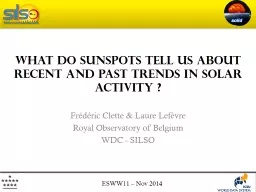
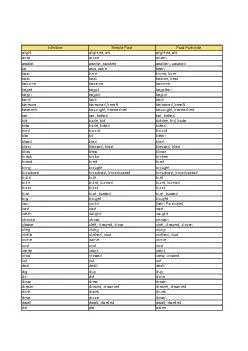
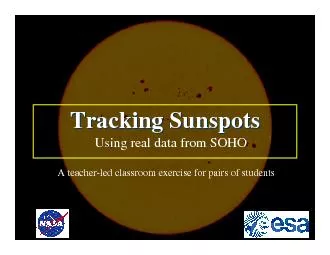




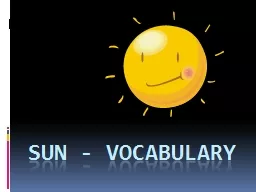
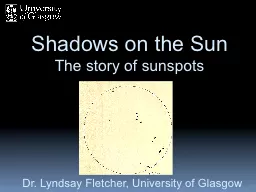



![[PDF] DOWNLOAD Tell the Client\'s Story: Mitigation in Criminal and Death Penalty Cases](https://thumbs.docslides.com/1017660/pdf-download-tell-the-client-s-story-mitigation-in-criminal-and-death-penalty-cases.jpg)
